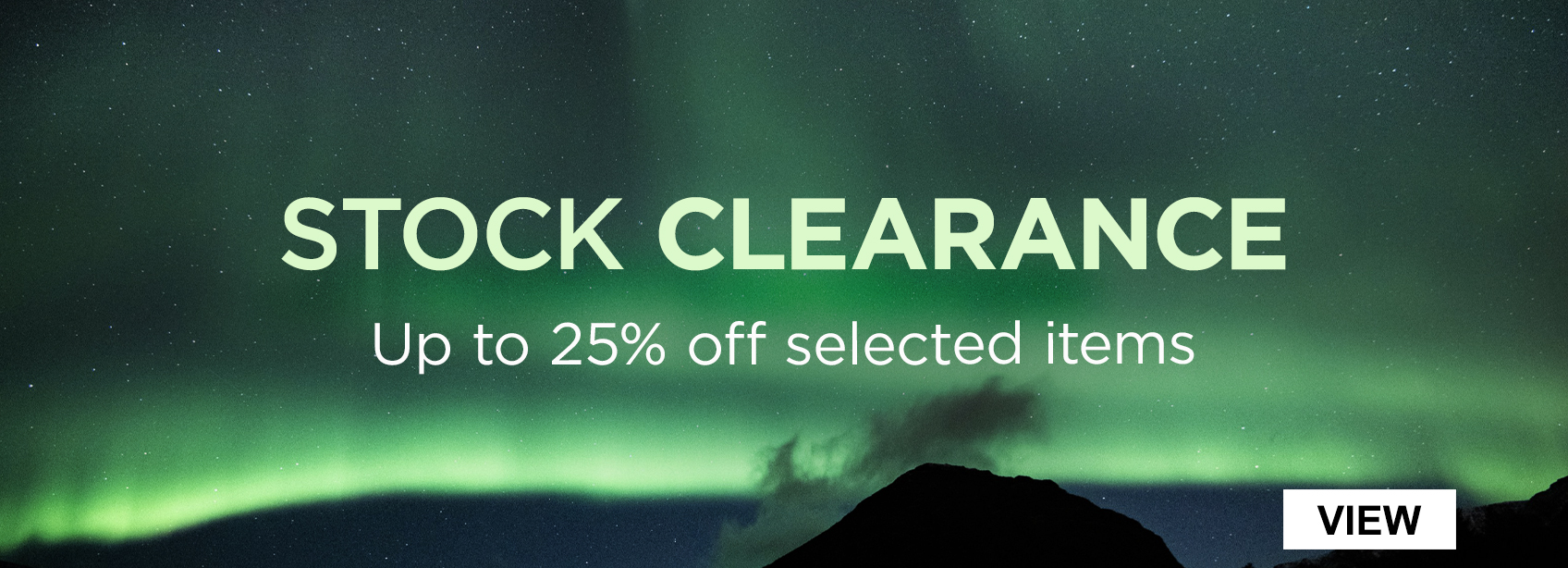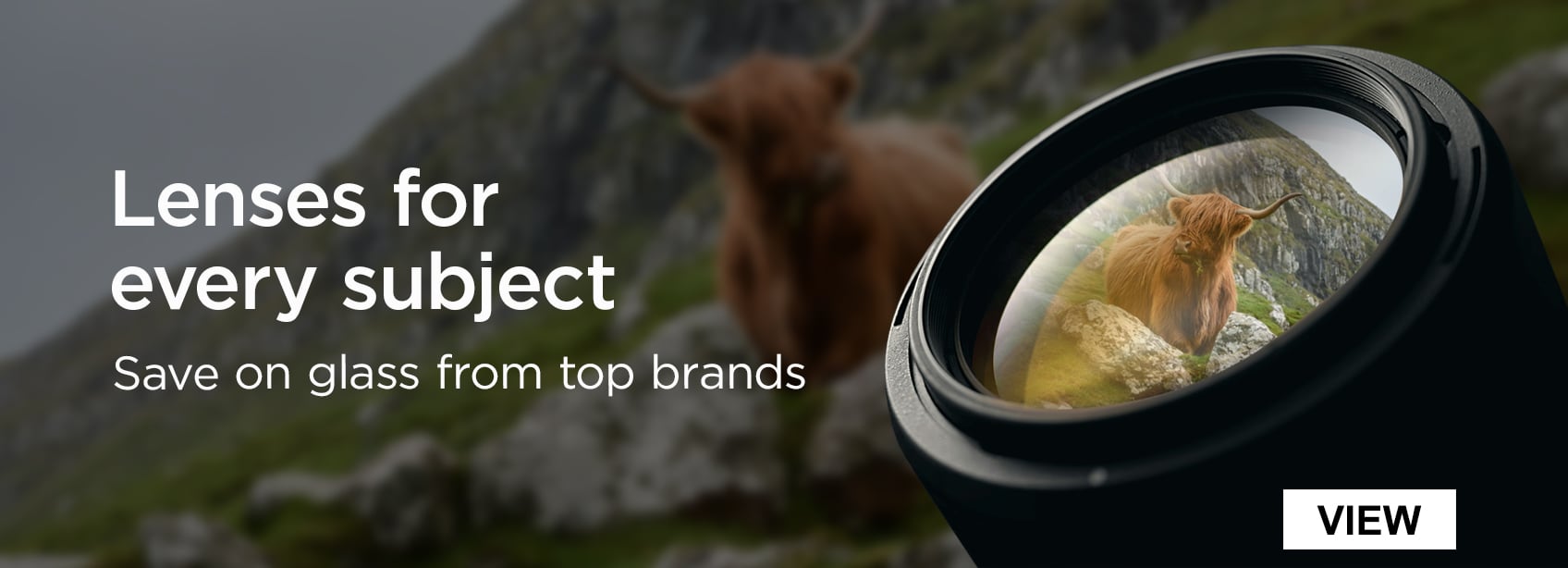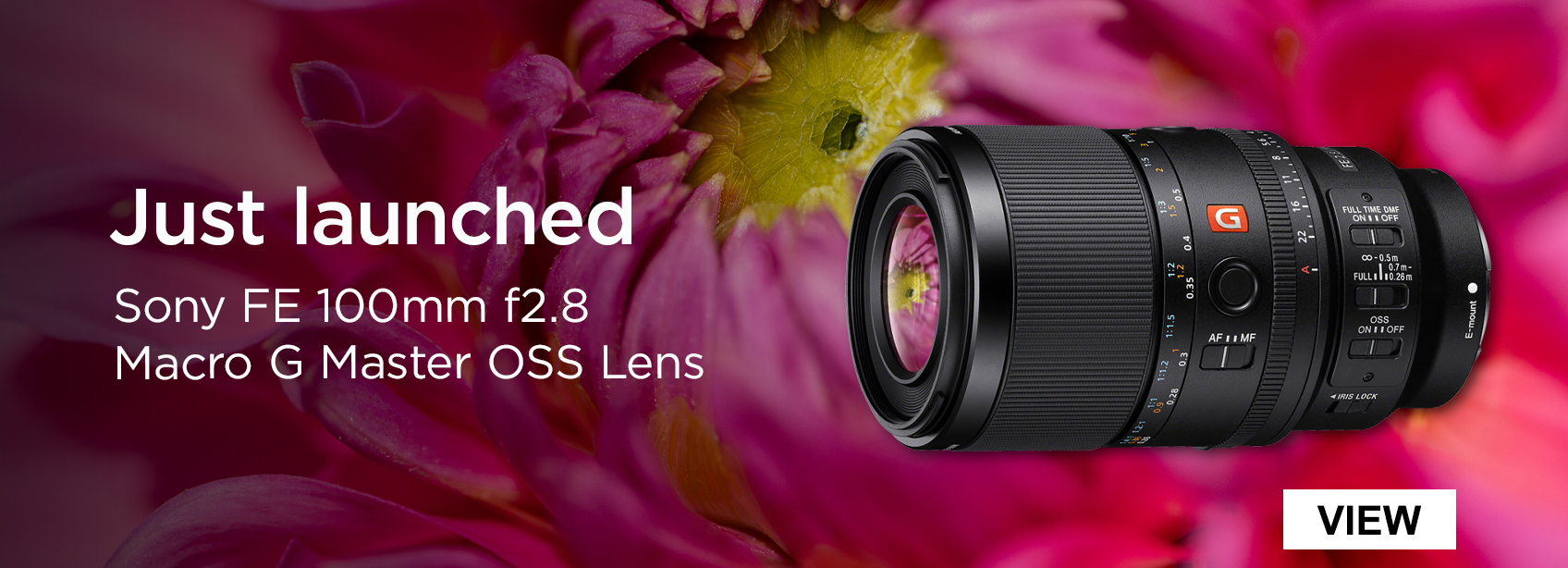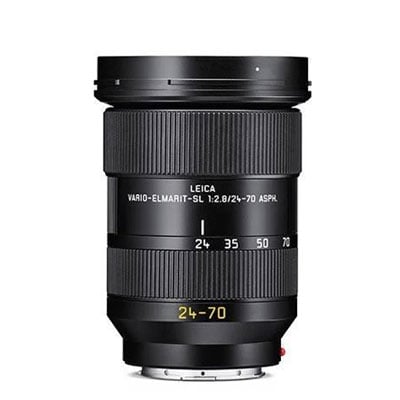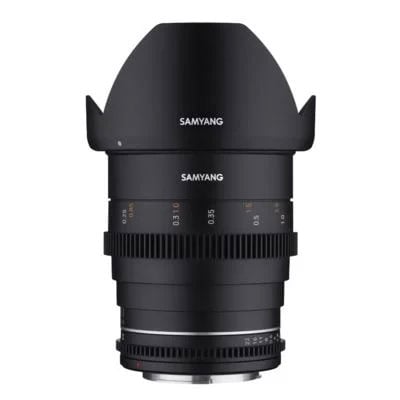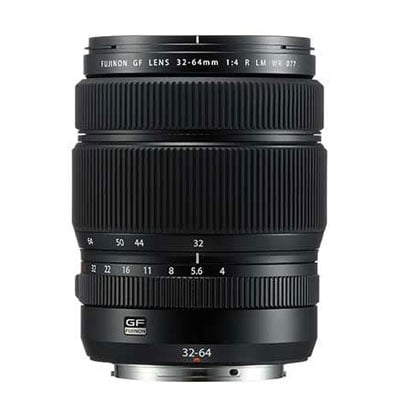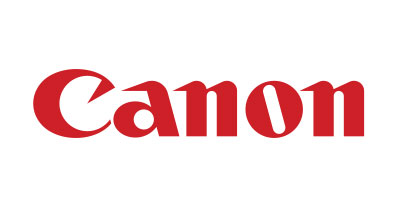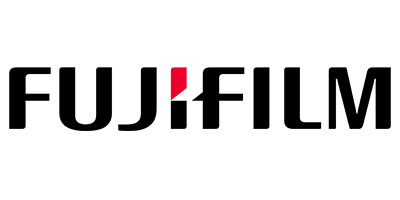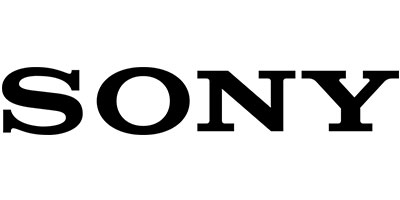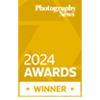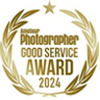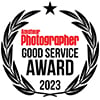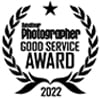- The UK’s largest and most trusted photography retailer
- Free next-day delivery on orders over £500
- 30-day returns policy
- Expert advice available online and in-store
-
UK’s largest, most trusted photography retailer
-
Trade-in to trade-up – cash or credit available
-
Free next-day delivery on orders over £500
-
30-day returns policy
-
Expert advice available online and instore
Welcome to our camera lenses page! Here we’ll run you through the main types of camera lenses, and provide a few recommendations for the kind of lens that’s right for you.
Why are camera lenses most important? Well, a camera sensor records an image, but it’s a lens that refracts the light to enable the sensor to see it. A camera lens is actually made up of several lenses, also known as “elements”, which allow light to pass through at different angles and hit the sensor at a fixed focal point.
If you have an interchangeable lens camera like a DSLR or mirrorless model, then shopping for lenses is critical for getting the best out of it. So let’s get started!
Compare items Select up to 4 products to compare
{{item.ProductName | limitTo: 50}}
{{item.CulturedPriceValue}}Please select at least two products to compare
Compare items Remove AllCamera Lenses
These are the main types of camera lenses you’ll be dealing with. The type of lens you want depends on the type of camera you have.
Mirrorless lenses
All the main lines of mirrorless cameras come with their own mirrorless lenses. Sony E-mount lenses are designed for the pioneering Alpha series, and Fujifilm X lenses have a terrific reputation among enthusiast photographers.
Canon RF and Nikon Z are newer mirrorless lens systems, both of which are designed with sophisticated 12-pin mount connectors (as opposed to the standard 10) which allow for faster communication between camera and lens. Canon also has a separate mirrorless line of more affordable APS-C cameras, the EOS M, which use M-mount lenses.
Then there are also Micro Four Thirds, which is a standard adopted by both Olympus and Panasonic. This allows cameras and lenses from the two brands to be used interchangeably.
In a similar vein, the Leica L-mount can also be used on full-frame Panasonic Lumix S cameras.
DSLR lenses
DSLR lenses are steeped in history, with mounts that date back to the days of film SLRs! The most famous lines still going are Canon EF and Nikon F. In both cases, you can use a lens made thirty years ago with a camera made today, and vice versa. If you use Pentax DSLRs, you want Pentax K-mount lenses.
There are also smaller lens lines – Canon EF-S and Nikon F (DX) – that are designed for smaller cameras with APS-C sensors. Budget and beginner DSLRS tend to have sensors of this size, and it’s worth checking yours before buying lenses, as the professional full-frame lenses won’t be compatible.
Medium format lenses
Medium format lenses are for large-sensor cameras that focus on image quality above all else, aping the 120-format film cameras of old. There are medium format lenses available for Hasselblad H, Hasselblad X, Pentax 645, and the newer mirrorless medium format Fujifilm GF.
Popular Camera Lens Ranges
Trade In
Service
Looking to trade in your equipment?
Get an instant quote & check eligibility for trade in bonuses »
Looking to trade in your equipment?
Get an instant quote & check eligibility for trade in bonuses »
Trade In
Service
Looking to trade in your equipment?
Get an instant online quote & check eligibility for trade in bonuses »
Frequently Asked Questions
What focal length of lens do I need?
That’s a question best answered based on what you want to shoot! Let’s quickly break it down.
Wide-angle lenses: These produce an exaggerated, wide perspective that gets a lot in the frame, with a short shooting distance. These are great for landscapes and architecture, as they allow you to get a lot into the image and to exaggerate scale. Wide focal lengths are generally considered to be anything below 35mm.
Standard lenses: The middle range, standard lenses produce a naturalistic perspective close to that of the human eye. As such, they’re great for documentary, reportage and everyday shooting, and especially for beginners learning the basics. Standard lenses are generally around 35-80mm.
Telephoto lenses: These lenses can see at long range, and produce a narrower perspective. As they flatter facial features they are excellent for portraits, and the range also means they are basically essential for wildlife and sports. Anything over 85mm is telephoto territory.
What are zoom and prime lenses?
You’ll hear these terms a lot when shopping for lenses. The difference is simple – zoom lenses, as the name implies, have optics that allow you to zoom in and out. Prime lenses do not – they’re stuck with a single “prime” focal length. So why would anyone use prime lenses? Well, not having to zoom allows the internal construction of the lens to be of much higher quality, meaning sharper pictures.
If you want versatility and flexibility, get a zoom. If you want image quality above all else, get a prime.
What are the best lenses for video?
This varies again depending on what you want to do, but having a standard lens that can silently zoom will be hugely helpful for most types of video shooting. Serious filmmakers will want to look at cine lenses, which are especially optimised for video.
What is the best make of lenses?
There are no right answers here! Ultimately it comes down to what you want to create. So browse our selection, get a feel for what you want, and don’t hesitate to get in touch if you have more questions.
Pre-Loved
Range
Looking to save on your equipment?
Explore our range of second-hand, used, and open-box lenses »
Looking to save on your equipment?
Explore our range of second-hand, used, and open-box lenses »
Pre-Loved
Range
Looking to save on your equipment?
Explore our range of used and open-box lenses »
Lens Accessories
One great way to make lenses even better is with lens accessories! These can perform all sorts of different functions to enhance your photography or videography. Here’s a quick rundown of the main lens accessories.
Lens converters
Extenders and teleconverters allow you to extend the effective focal length of a lens, seeing further into the distance. This usually comes at the cost of a smaller maximum aperture, reducing the amount of light that gets in.
Extension tubes
Extension tubes allow lenses to focus at closer distances than they otherwise would, by moving the focal plane further from the camera sensor. This is hugely useful for macro photography.
Lens mount adapters
Lens mount adapters allow lenses from one system to be used on another. This often means that functionality like autofocus will not work, though if you’re working within the same manufacturer (e.g. Canon EF-EOS R) then you may find that most functionality remains intact. The manufacturer should specify in each case.
Lens caps
Humble but essential, lens caps are critical for protecting both sides of a lens from dust and damage!
Lens hoods
Lens hoods protect the front elements of a lens from the weather and the dust, while also blocking out light from unwelcome angles.
Lens protectors
If you’re a real outdoor photographer, it’s worth looking into lens coats and protectors to keep your lenses safe from weather damage. They’re not as comfortable roughing it as you are!

